Our journey discovering the most beautiful gems of the country today takes us again to Campania, more precisely to Vallo di Diano, an evocative flat basin dotted with small municipalities and true masterpieces, all located in the province of Salerno.
Among these Padula stands out, among the most enchanting villages near Naples, famous for the majestic Certosa di San Lorenzo (the largest in Italy) including three cloisters, an internal garden and a church. Given its great historic, artistic and landscape importance, since 1998 Certosa di Padula has been part of the Unesco Heritage.
Vallo di Diano, a tourist area still little explored thus perfect for most curious travelers who love slow tourism, together with the Alburni Mountains and Cilento makes the National Park of Cilento, Vallo di Diano and Alburni, which is a Unesco World Heritage Site since 1998 too.
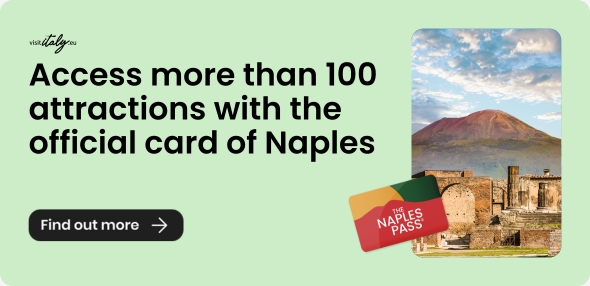
Where is Padula? Geography, history and interesting facts
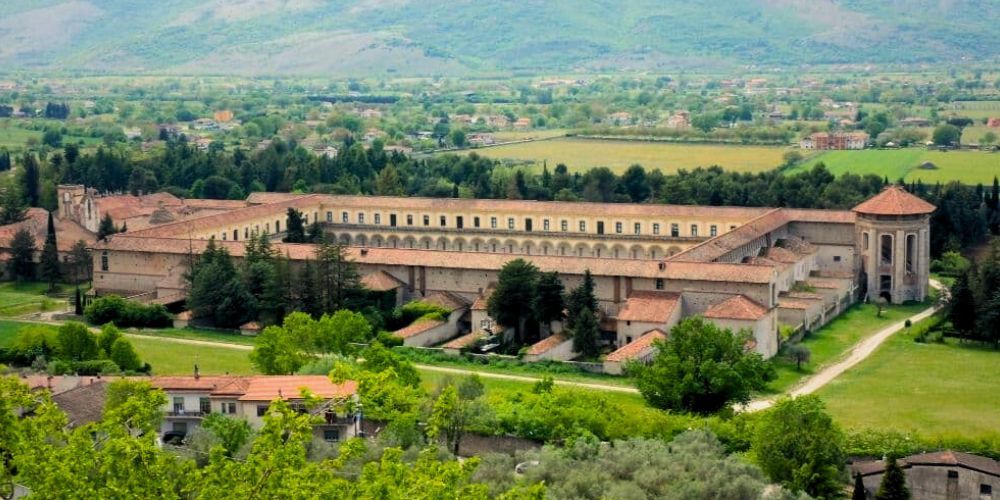
Certosa di Padula from above
It’s finally time to find out more about Padula and this territory rich in interesting historical and natural places to visit. Let's begin from the geographical aspect.
Padula is located within Vallo di Diano, in the province of Salerno, in the south-eastern area of Campania right on the border with Basilicata. It's possible to reach Padula easily by car thanks to the A2 highway, starting from Salerno or Naples, traveling for less than two hours.
The name of the town, derived from the Latin paludem, indicates that in the past a swamp stretched across the plain below. Nevertheless, the foundation of the city of Cosilinum, the ancient Padula founded by the Enotrians, dates back to the 12th century BC. Later, the city was occupied first by the Lucanians and then by the Romans.
With the arrival of the Normans, feudalism was introduced in Padula. From the end of the 13th century, the noble Sanseverino family took over the town, creating imposing defensive walls. From the 16th to the 18th century, Padula passed from lord to lord.
The city's misrule did not allow its economic growth, so much that at the beginning of the 20th century, the great migratory flow to America halved the local population. Today Padula, counting less than 5,000 inhabitants, rediscovered its ancient splendor by opening its doors to travelers eager to visit a fascinating and satisfying destination, far from the logic of overtourism.
Certosa di Padula: where it is, how to get there and what to visit
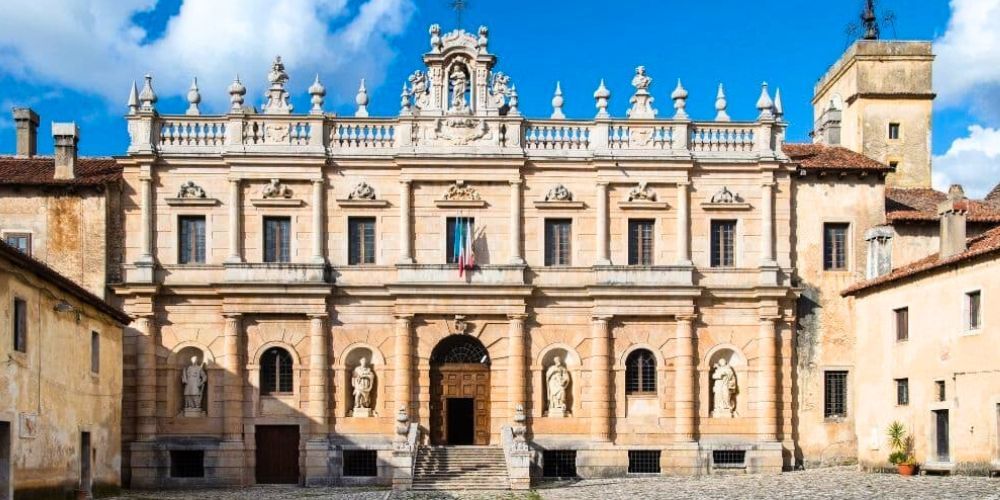
Facade of Certosa di Padula
Padula is famous for Certosa di San Lorenzo, also known as Certosa di Padula, a majestic building among the most beautiful baroque monumental sites in Italy.
The Certosa is located in the south-western area of Padula and is a precious landscape element. Padula and its Certosa can be reached by road (car, bus or motorbike) or by train with Trenitalia services, with a stop near the church of Sant’Alfonso about 3 km from the Certosa, which can also be reached from here on foot along a cycle-pedestrian path. From Salerno you can reach Certosa by the Curcio and Lamanna buses, moreover on Sundays the Certosa Link departs from Salerno station; the site also includes a large parking area.
The Padula Charterhouse was commissioned by Tommaso II Sanseverino in 1306. Although its construction dates back to the Middle Ages, today's structure is mainly Baroque in style as work continued until 1800, counting numerous enlargements and restorations.
With a surface area of 51,500m², Certosa di Padula is one of the most sumptuous baroque monumental complexes in southern Italy and the largest certosa monastery in Italy. Certosa consists of three hundreds and fifty rooms, three cloisters, a garden, a courtyard and a church.
Since 1957 it hosts the Provincial Archaeological Museum of Western Lucania, which preserves and exhibits numerous archaeological finds discovered in the Tanagro Valley including tombs, gravestones, statues, capitals and columns, while since1998 it was declared a UNESCO World Heritage Site together with the nearby archaeological sites of Velia, Paestum, Vallo di Diano and Cilento National Park.
What to see in Padula
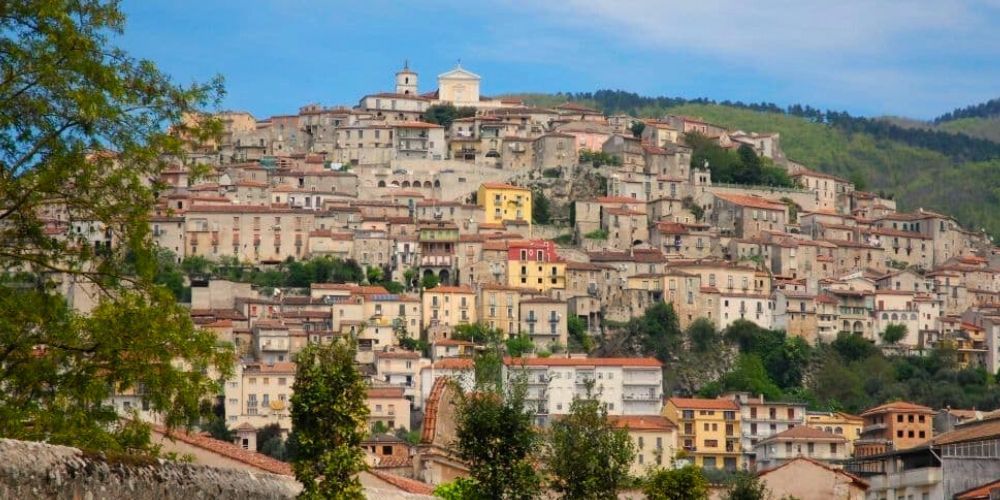
The village of Padula, Campania
Besides the famous Certosa, Padula has much more to offer given its long history. The religious monuments in the village are numerous, and among them there is especially the Convent of San Francesco.
The convent was commissioned by Giovanni Tommaso Sanseverino, a descendant of the more famous Tommaso II, founder of Certosa di San Lorenzo. Its construction began in 1380. The complex includes the cloister, the cell area and the church, which features valuable decorations from the 18th century and is structured on two naves with an apse.
Another important religious building is the Church of the Santissima Annunziata, where the Sacrario dei Trecento is housed, a military shrine where rest the remains of those who fell during the Sapri Expedition.
The Hermitage of San Michele alle Grottelle is a site of significant historical interest. Dating back to the pagan age, the hermitage is located along the eastern flank of the hill of San Sepolcro, at an altitude of about 750m.
In Padula, of course, you can enjoy all the views, stone portals and characteristic narrow alleys of the village, losing yourself among the small shops selling typical products. And don't miss a visit to the entire Vallo di Diano!
What to see near Padula
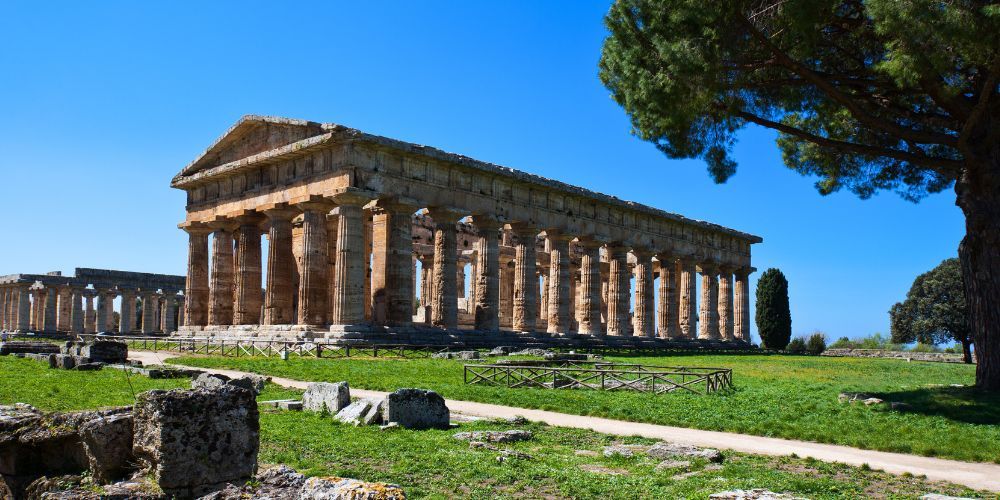
Once you have done your visit to Padula, do not miss the opportunity to venture out discovering Cilento, one of the most enchanting lands in southern Italy that offers breathtaking landscapes, beauty, relaxation and a very rich cultural heritage.
To make your trip to Campania special and unique, among the destinations not to be missed in the area:
Palinuro, famous for its enchanting beaches and sea caves such as Grotta Azzurra (Blue Grotto, accessible only by sea), a true paradise for sea lovers with its crystal clear waters and imposing cliffs;
Castellabate, a picturesque medieval village with a fascinating panoramic view over the seaside, where to enjoy an authentic and peaceful atmosphere far from mass tourism by exploring its streets and its ancient castle;
Paestum, an archaeological site of extraordinary importance among the most famous and visited in the world, with its majestic temples perfectly preserved dating back to the 6th century BC, in a magical atmosphere where simply walking feels like taking a journey back in time discovering the greatness of Magna Grecia in a perfect combination of history and beauty.
Book now your guided tour with priority access to the site of PaestumAbout the author
Written on 23/08/2024


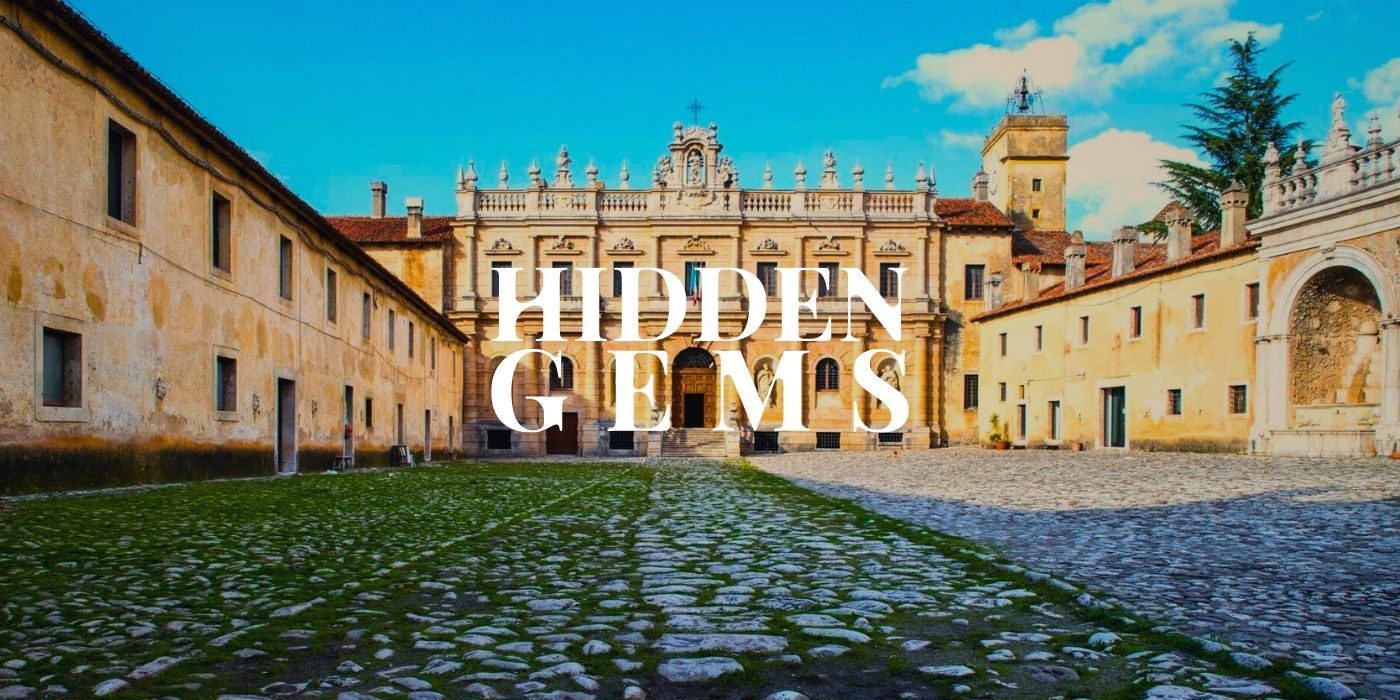

Sara Celin
In the evocative landscape of Vallo di Diano stands the beautiful village of Padula, a Unesco Heritage gem famous for its breathtaking Certosa!